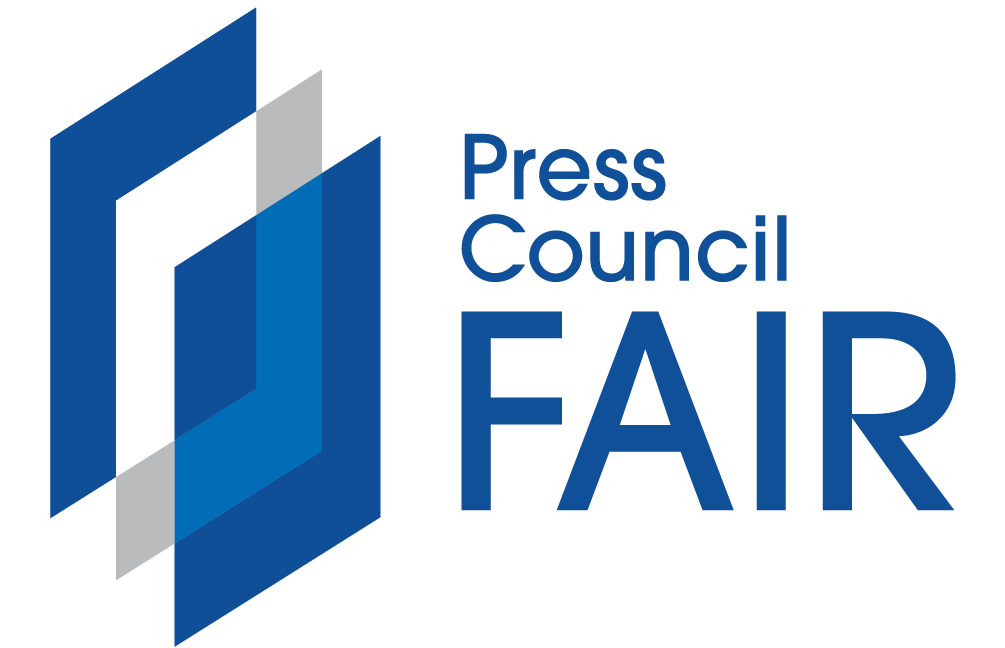There have been 6 national states of disaster since Covid
In the past 12 years, the government has declared eight national disasters. Six of them have been since 2020, when the coronavirus pandemic started, according to government gazettes and the annual reports from the National Disaster Management Centre.
Four have been called because of floods, two were because of droughts, and one – which lasted lasted 750 days – was in response to the Covid pandemic. The state of disaster called in response to the electricity crisis is the only “human-caused” disaster.

A national state of disaster is when a disaster affects more than one province or when the province facing the disaster is unable to deal with it.
A provincial state of disaster is when a disaster affects more than one metropolitan or district municipality in the same province. There have been 35 of them since 2011.
What is a state of disaster?
The National Disaster Management Centre – which falls under the Department of Cooperative Governance and Traditional Affairs – is responsible for classifying an event as a disaster. Typically these events are droughts, floods or severe storms, but they can be anything that can cause death, injury, disease, damage property or disrupt livelihoods.
A state of disaster is meant to enable local, provincial or national government departments to take charge and manage the disaster. Classifying it as a disaster is meant to ensure there is accountability and people are helped.
So, if existing legislation is not enough to alleviate the effects of a disaster or there are special circumstances, then the head of the National Disaster Management Centre will declare a state of disaster.
Why do we need a state of disaster for the electricity crisis?
The head of the National Disaster Management Centre, Elias Sithole, classified the electricity crisis as a disaster because of the severity of the electricity constraints and the “possible progression to a total blackout”.
How did South Africa get to this stage?
Power utility Eskom failed to build sufficient new generating capacity to meet the demands of the country’s growing economy. It has relied on ageing, poorly maintained power stations, while waiting for two massive new coal-fired power stations to come on stream. Both of them have been beset with problems and delays. It hasn’t helped that there have also been delays in obtaining electricity from independent power producers.
So what does a state of disaster hope to achieve?
Minister in the Presidency Mondli Gungubele said during the state of the nation debate on 14 February that a state of disaster would allow the government to:
- exempt critical infrastructure (hospitals and water treatment plants) from loadshedding,
- purchase power from private companies,
- accelerate energy projects (such as solar, wind and green hydrogen),
- import power from neighbouring countries, and
- limit regulatory requirements (shorten the time to register energy projects and connect them to the grid).
The government says all the above are critical to fixing the electricity deficit of 6,000MW (12% of SA’s electricity generated).
How long does a state of disaster last?
The act says a state of disaster ends after three months. It can end earlier if the government announces it in a gazette, or it can be extended for one month at a time.
The Covid-19 state of disaster lasted 750 days. And the state of disaster for a drought in KwaZulu-Natal between 2016 and 2017 lasted 343 days. During the 2022 floods, which resulted in the deaths of 461 people, the national state of disaster lasted 122 days.



